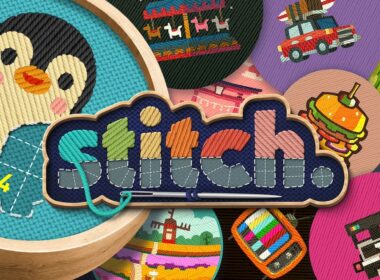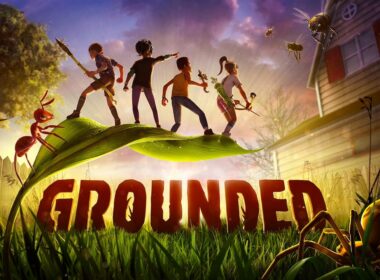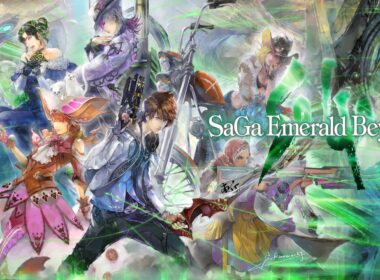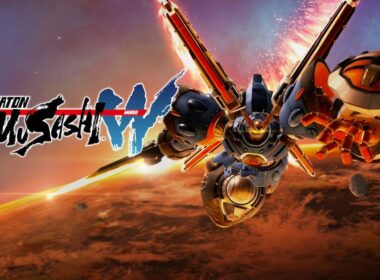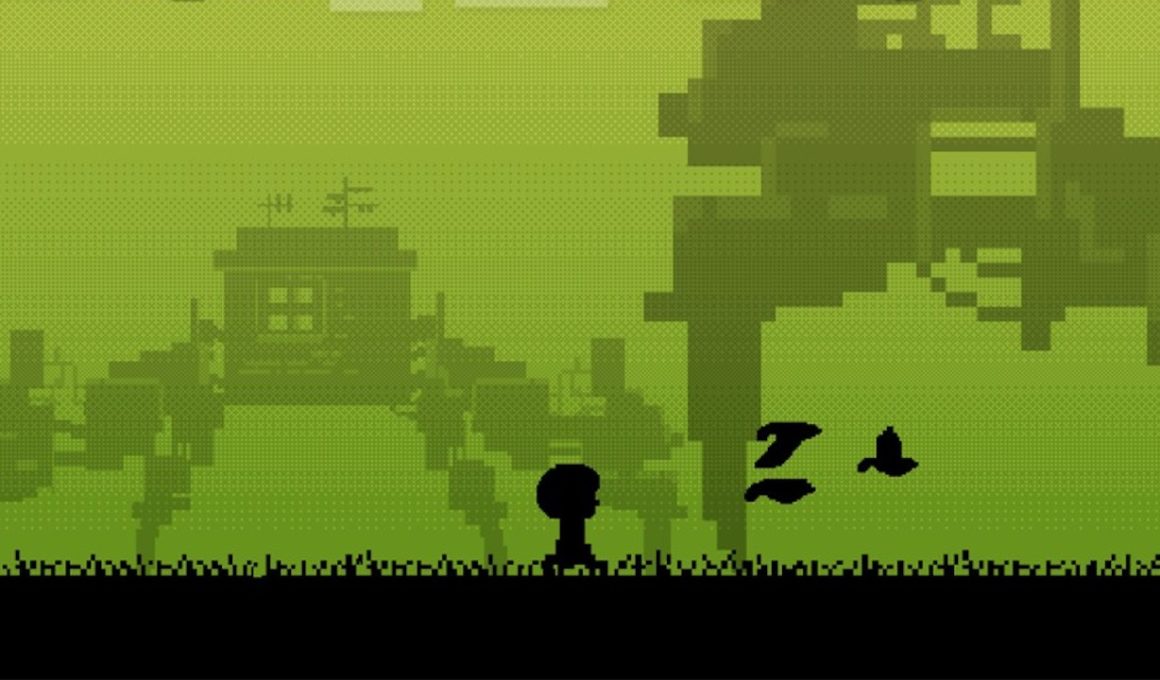As someone who had found it a relatively easy process to learn hiragana and katakana using flashcards, when Hiragana Pixel Party appeared on the Nintendo eShop for Nintendo Switch it caught my interest. With an ever-increasing fascination in the Land of the Rising Sun around the world, whether that be thanks to its culture and history as much as its J-Pop, anime, and manga output, this is an attempt to ‘gamify’ that same learning process.
For those that don’t know, it is probably worth quickly mentioning at this point that hiragana and katakana are the phonetic sounds (and written characters) that the Japanese language is based on, and are used to construct words as well as for particles. They are particularly important for anyone who wants to learn, and, more often than not, if you sought tuition from a Japanese teacher, they would be one of the first things that you would tackle together.
Sadly, I don’t think that Hiragana Pixel Party is as worthwhile a learning companion. This chiptune rhythm-action game will split your time between hiragana and katakana missions, which is a good design decision that lets you choose which component to concentrate on. There are 192 missions for each, that, more than anything, will take you more than enough time to work your way through.
The missions, to clear up any potential confusion, are individual levels, bitesize chunks that are certainly great for playing in short bursts on the Nintendo Switch whenever you find the time. Each level takes a handful of hiragana and katakana characters, and, once you start, a character pops up to shout them at you in different rhythms and patterns for you to copy moments later. This continues throughout the level, the conclusion of which sees you awarded as many as three points depending on your accuracy – meaning that there are 1152 points up for grabs in the whole game.
With the missions broken down into tiers, if you score enough points in one you will unlock the next. There are five gameplay types that look to maintain your interest, and, more importantly, your concentration by constantly changing the challenge that you are being posed with. Whether that be remembering the Japanese characters that are displayed and tapping the corresponding buttons in the same order, showing the phonetic sounds in English for you to hammer the correct Japanese characters in response or the reverse, this is where Hiragana Pixel Party quickly comes unstuck. Even as someone who already has basic Japanese language skills, I didn’t really find that any of these approaches were the least bit practical or beneficial as learning methods.
Hiragana Pixel Party wants to familiarise you with the phonetic sounds for each character as a means to “be able to read almost any Japanese word.” But, it’s far too shallow an experience to ever be a recommendable learning tool. Not to harp on about them, but, in comparison, the flashcards likened each character’s appearance to an everyday item as mnemonics which I found far more helpful for memorisation. Each card also had example vocabulary, stroke order diagrams, and a link to access a free audio pronunciation guide.
Even as a rhythm-action game it only partly succeeds. You only need relative accuracy to be able to leap over the labelled crates that you cross paths with, success seeing more birds flying alongside your character, Mihiro. Making mistakes will see you lose birds, and once you lose them all Mihiro dies. Which seems more than a little dark, given the educational angle of the game. And that’s the internal struggle that it suffers, neither being useful as a learning experience nor entertaining enough on its own merits as a rhythm-action game.
I will always applaud developers who try to make learning languages more entertaining and accessible, but Hiragana Pixel Party isn’t the right answer this time around. Japan is a truly beautiful country with an equally fascinating language, and if you want to start learning it I’d easily argue that flashcards or an introductory lesson would be a more productive way to spend your money.
Version Tested: Nintendo Switch
Review copy provided by Springloaded

